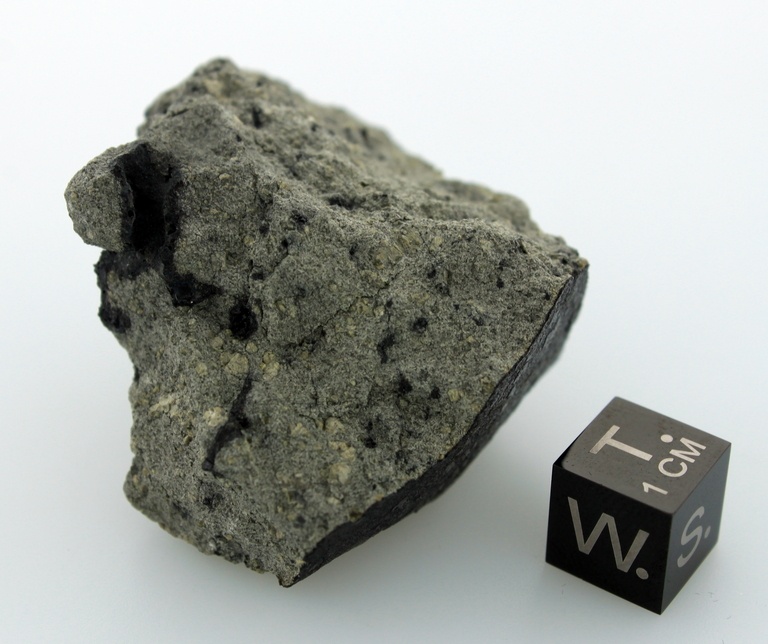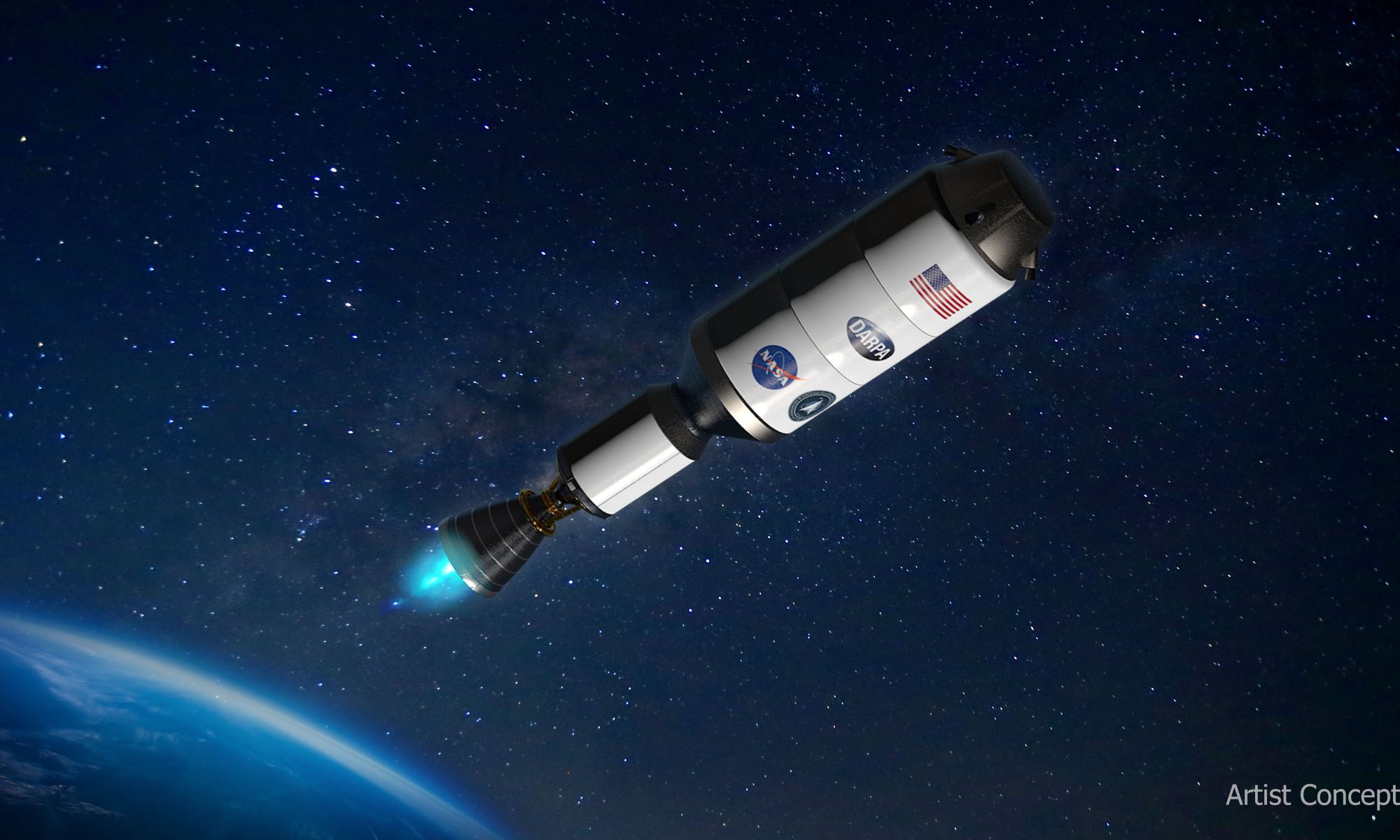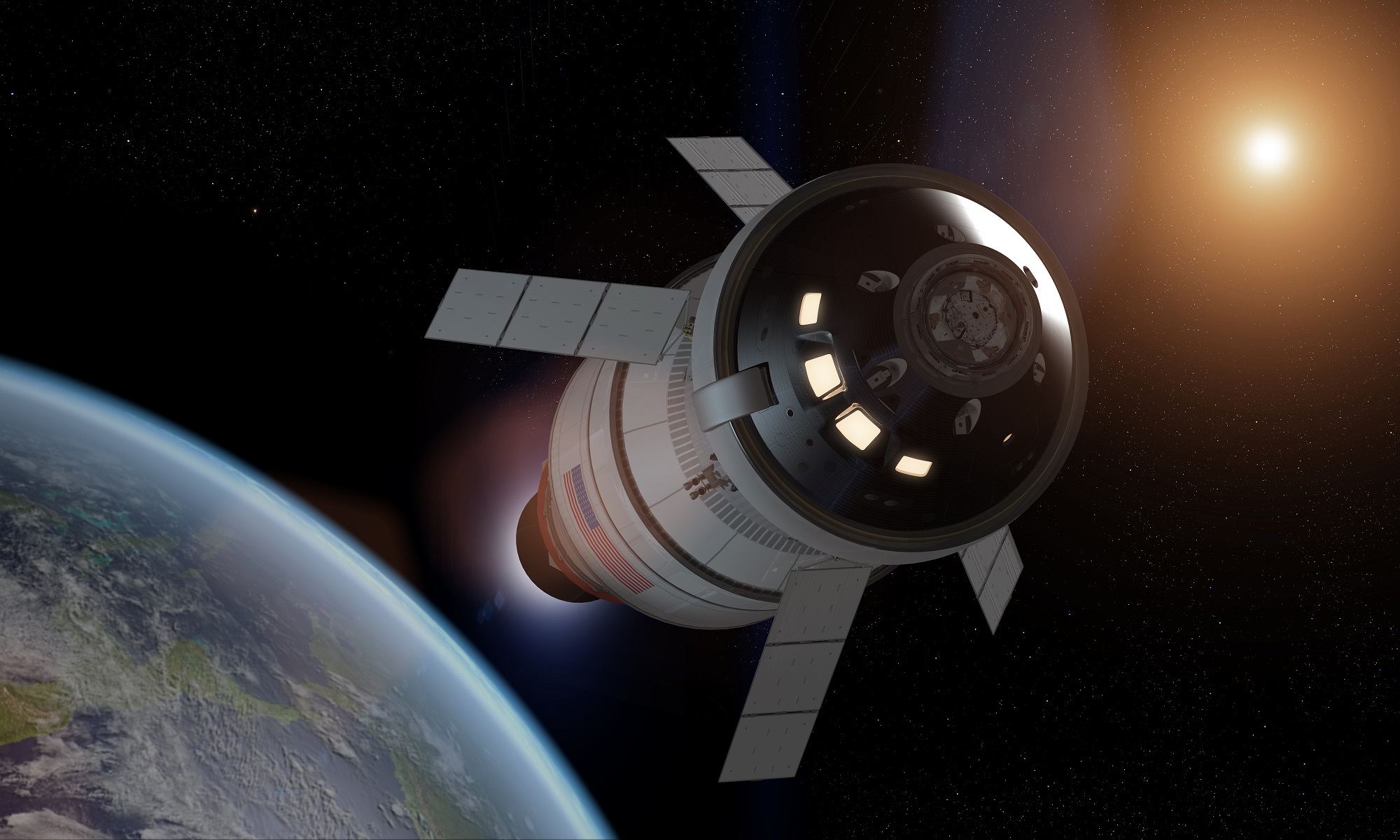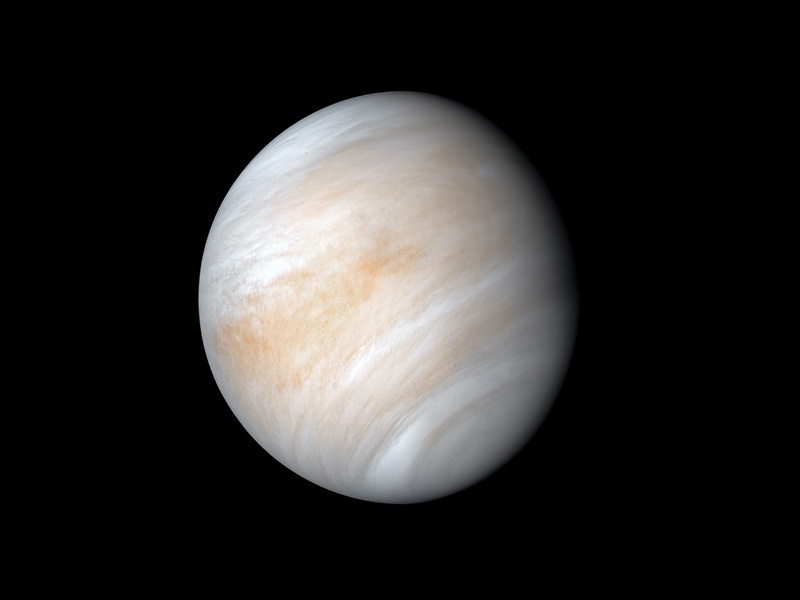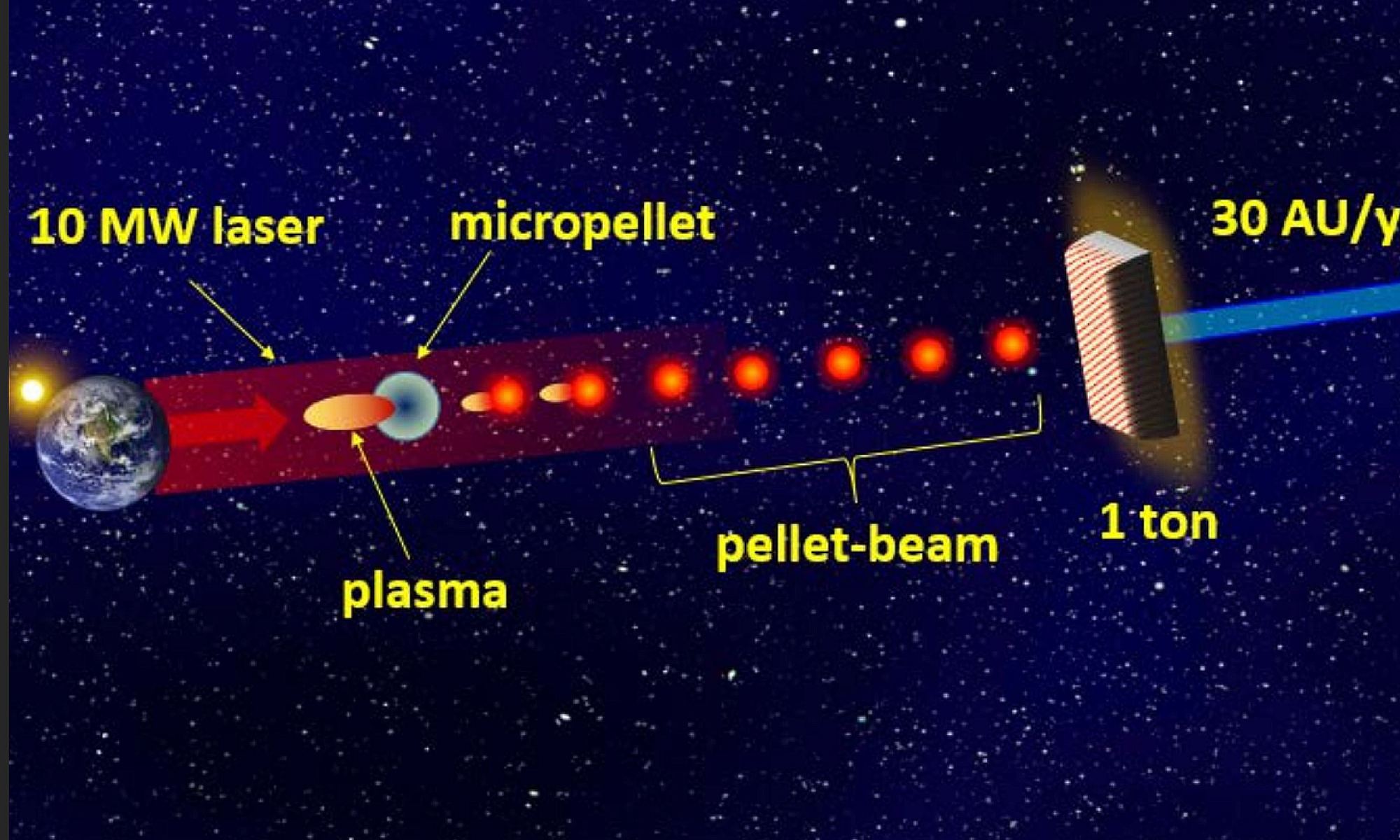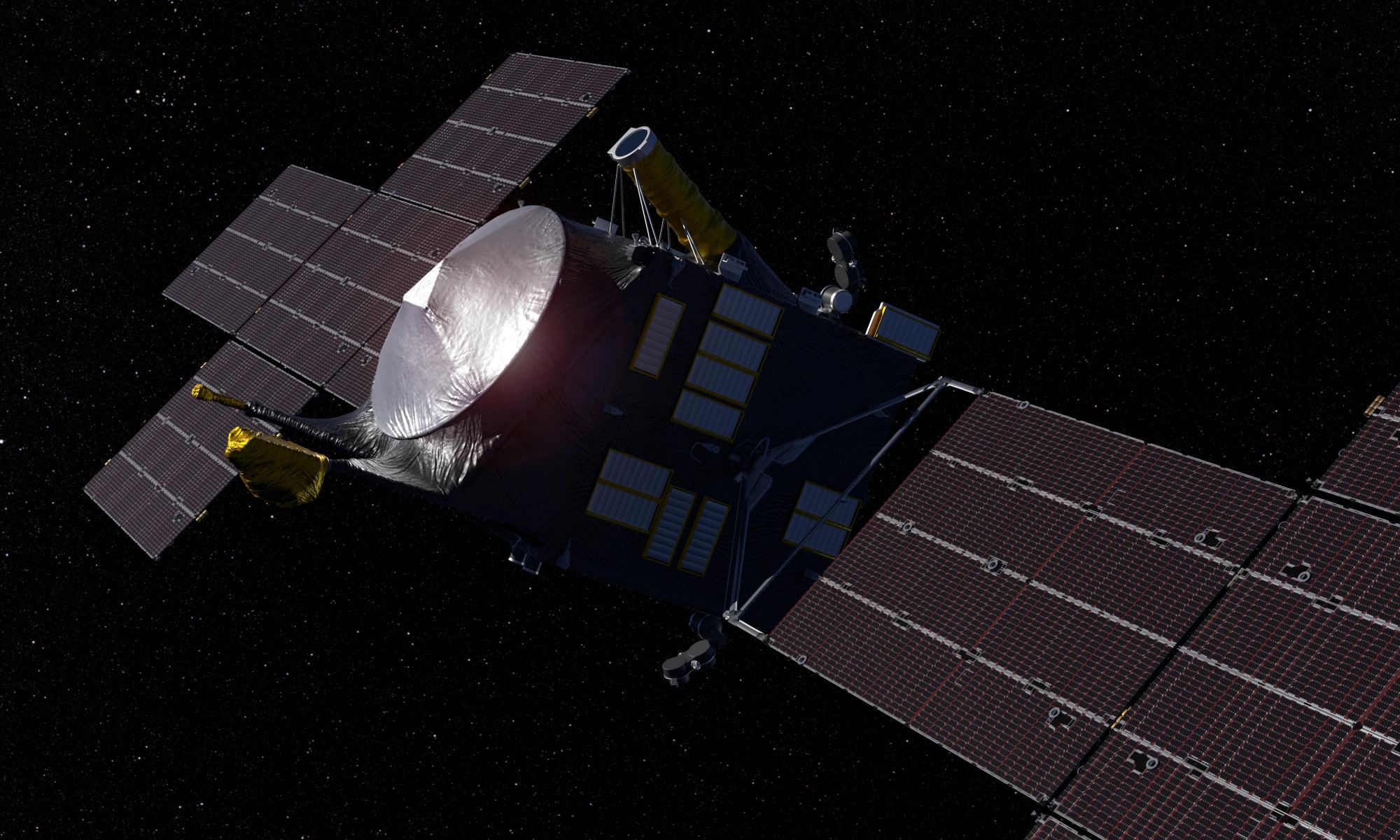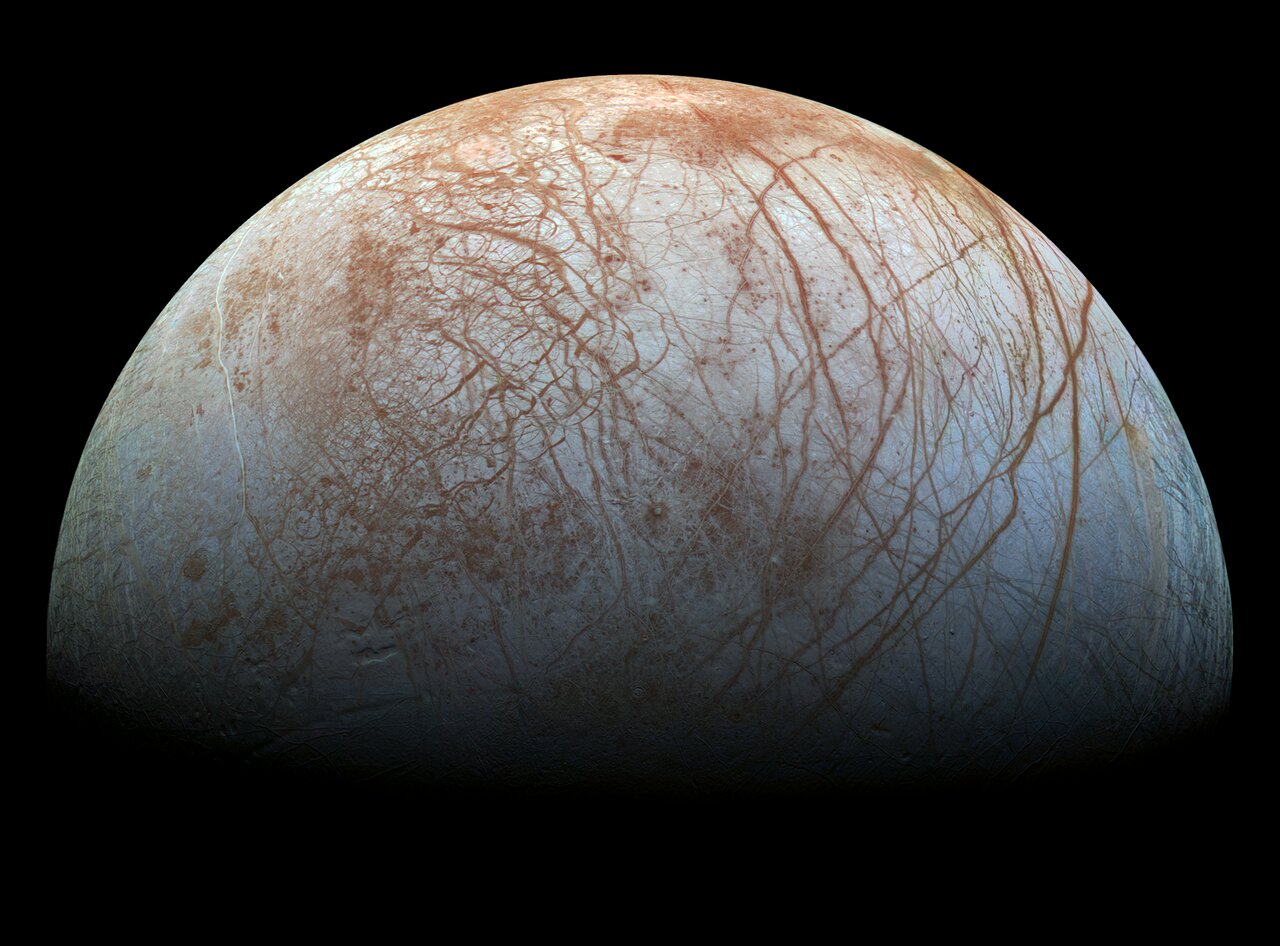In a recent study published in Sciences Advances, an international team of scientists led by the Technical University of Munich examined the Martian meteorite Tissint, which fell near the village of Tissint, Morocco, on July 18, 2011, with pieces of the meteorite found as far as approximately 50 kilometers (30 miles) from the village. What makes Tissint intriguing is the presence of a “huge organic diversity”, as noted in the study, which could help scientists better understand if life ever existed on Mars, and even the geologic history of Earth, as well.
Continue reading “A Martian Meteorite Contains Organic Compounds. The Raw Ingredients for Life?”A Martian Meteorite Contains Organic Compounds. The Raw Ingredients for Life?
